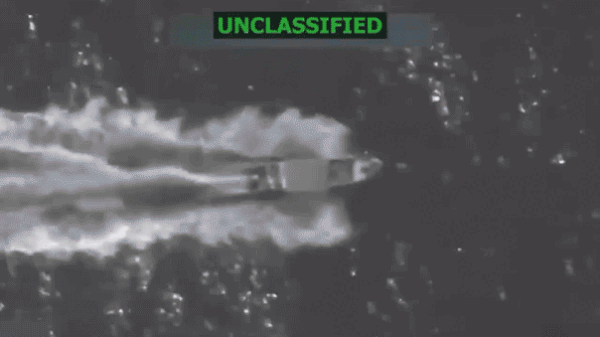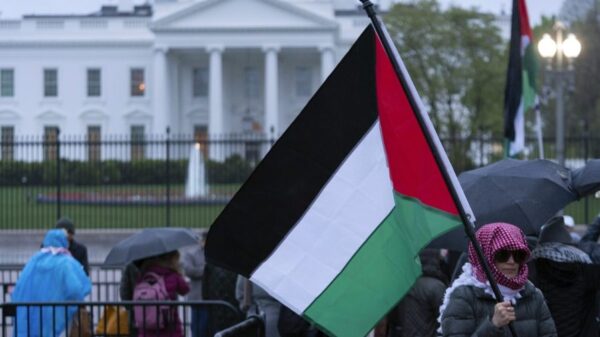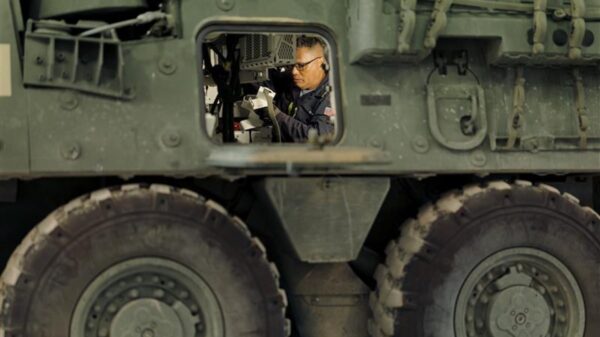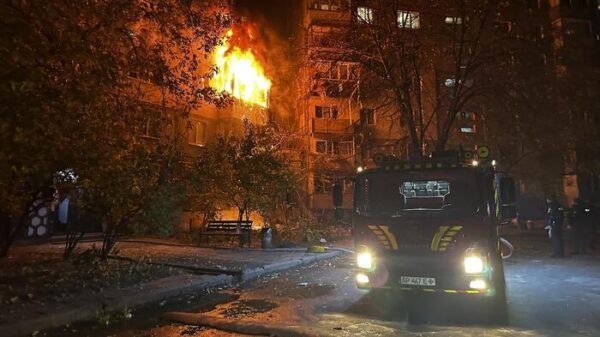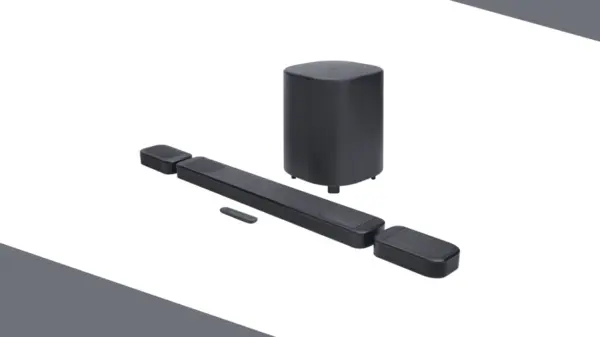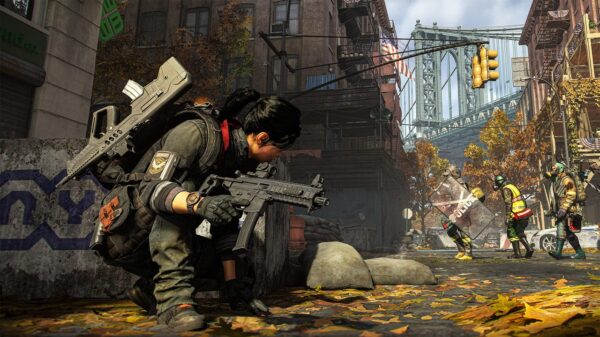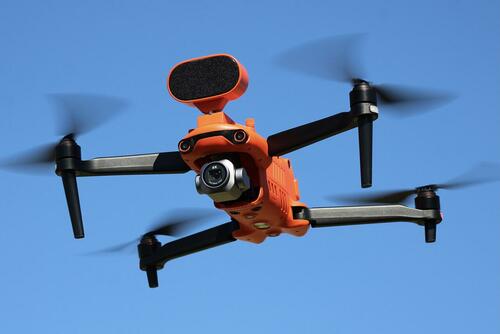Recent testimonies from soldiers and officers within the Israel Defense Forces (IDF) reveal alarming practices involving the use of modified commercial drones to target civilians in Gaza. In interviews conducted by Israeli investigative journalists from +972 Magazine and Local Call, seven military personnel described how these drones are employed to drop grenades on unarmed individuals, often resulting in civilian casualties.
The accounts indicate that the IDF is employing this tactic to deter residents from entering areas designated as off-limits. Many of those killed were reportedly innocent civilians, including children. The soldiers claim that these areas are not clearly marked on the ground, raising ethical concerns about the military’s operational procedures. According to the soldiers, every Palestinian casualty attributed to these drone strikes is officially reported as a “terrorist,” a classification they vehemently dispute.
One soldier, identified only as “S,” recounted his experience coordinating drone attacks over a span of 100 days in Rafah, a city in southern Gaza. He stated that the majority of those killed were unarmed civilians. “It was clear that they were trying to return to their homes — there’s no question. None of them were armed, and nothing was ever found near their bodies,” he explained. He further noted that these strikes occurred daily, with no warning shots ever fired.
Disturbing Patterns in Military Conduct
The testimonies draw disturbing parallels to previous reports of the IDF creating “kill zones” where any movement is met with lethal force. The soldiers described a chilling process wherein drones, often flying several kilometers away, allow for strikes on individuals merely walking in the streets. Another soldier, referred to as “H,” elaborated on this practice, stating, “Once a commander defines an imaginary red line that no one is allowed to cross, anyone who does is marked for death.”
The use of drones has transformed the nature of warfare, providing remote operatives with tools that make the act of killing feel detached and clinical. “It’s like a video game. There’s a crosshair in the middle of the screen, and you see a video image,” described soldier “Y.” This shift in tactics not only raises ethical questions but also complicates the already contentious situation in Gaza.
As drone technology becomes more accessible, the IDF has reportedly modified commercial models, such as those produced by Autel Robotics, to carry grenades. These modifications come at a fraction of the cost compared to military-grade equipment, raising questions about accountability and oversight. Autel Robotics has denied any involvement in supplying drones for military use, emphasizing their commitment to not associating their products with violence against civilians.
Implications for Humanitarian Efforts
The alarming testimonies coincide with a recent announcement by Israel’s defense minister regarding plans to establish a concentration camp in Rafah. This proposed facility aims to contain the entire population of Gaza, estimated at around 2 million, within a “humanitarian city” surrounded by armed guards, further exacerbating the humanitarian crisis in the region.
Last month, another group of IDF soldiers corroborated the claims of using lethal force against unarmed Palestinians as a crowd-control method during humanitarian aid distribution. The stark contrast between the IDF’s self-described image as “the most moral army in the world” and the soldiers’ testimonies presents a troubling narrative that challenges official statements from the Israeli government.
As these accounts circulate, the growing body of evidence against the IDF’s operational conduct raises critical questions about the ethics of military engagement in civilian areas. The implications of these practices extend beyond the battlefield, impacting global perceptions of Israel’s military actions and humanitarian responsibilities.



